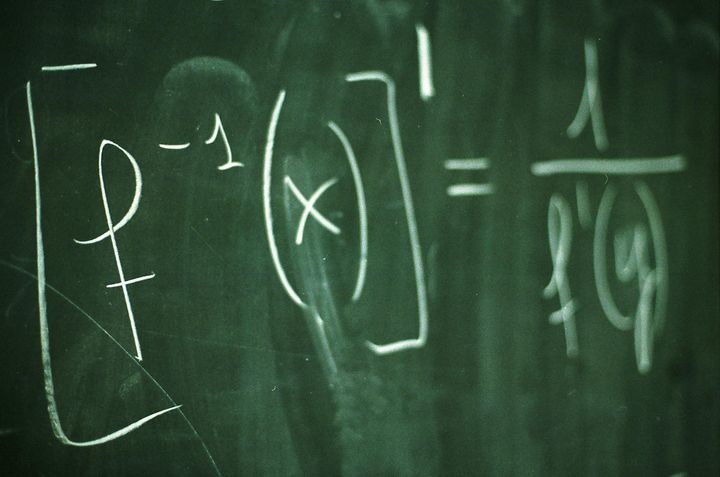
For almost sixty years a high-quality public education has been a fundamental right -- a right guaranteed by the state and entrusted to the men and women who have dedicated their lives to teaching.
Study after study has proven that teachers are the most important in-school factor when it comes to learning. The impact of a good teacher is even greater for disadvantaged students, who often struggle mightily with personal problems at home and carry those problems with them to the classroom.
So the bottom line is this: for students to succeed, we need to support teachers. This is especially true in the ever evolving fields of science, technology, engineering and mathematics. Known as the STEM disciplines, these subjects offer America our best hope of prosperity in the 21st century -- a century that will be defined by the ability of our greatest innovators to solve our greatest problems in the quickest and most efficient way possible.
To help teachers gain critical skills that will keep them in control of every aspect of their students' learning, the New York State Education Department (NYSED) and the College Board recently announced a new $4.8 million teacher training initiative. The program provides Pre-AP and AP professional development training for up to 1,500 NY teachers in the STEM disciplines throughout New York State.
The program began this summer with 5-day Summer Institutes in Math and Science held at Medgar Evers College in Brooklyn. The institutes focus on aligned curriculum through vertical teaming, and offer additional training opportunities with blended face-to-face and online professional development.
Thanks to this program, eligible math and science educators -- that is, any teacher from a district with at least one school in Improvement Status -- are learning effective strategies for building a curriculum of rigorous, aligned instruction. All the workshops are free, and participation will enhance teachers' knowledge, skills, and ability to prepare students for college and careers -- the ultimate goal of any public education system.
So far, there has been an incredibly strong response throughout the state, but there are still hundreds of spots available in New York City alone. There is no deadline -- teachers are allowed to sign up at www.collegeboard.org/NYSTEMPD until the last remaining training sessions begin during the week of July 30 -- but we expect the slots to fill up quickly.
Research shows that students who took AP math or science exams were more likely than non-AP students to earn degrees in physical science, engineering and life science disciplines -- the fields leading to the cutting-edge careers that can help preserve America's competitiveness. This correlation is particularly strong among female, African American and Hispanic students.
That's why I highly encourage all eligible New York State high school math and science teachers to apply for this ground-breaking program, which represents the first ever statewide STEM professional development program for Pre-AP and AP teachers.
In New York, only 37 percent of 2010 high school graduates earned scores on their Regents exams indicating that they were ready to take on the rigors of a STEM degree or career. Many of them required remediation once they arrived at college just to get up to speed with their peers.
The College Board works with science and math educators across the country to implement AP courses in these subjects as a way of expanding the pipeline of students prepared for the rigors of STEM course work in college.
In the coming years, we will be forced to address long-simmering problems like climate change, pandemic illness, and energy production, but will also surely be met with those unforeseen that require every ounce of our imagination and skill. For this, we will need to be at our best and our brightest. That means a dramatic improvement in STEM education and a dramatic increase in the number of students choosing STEM careers.